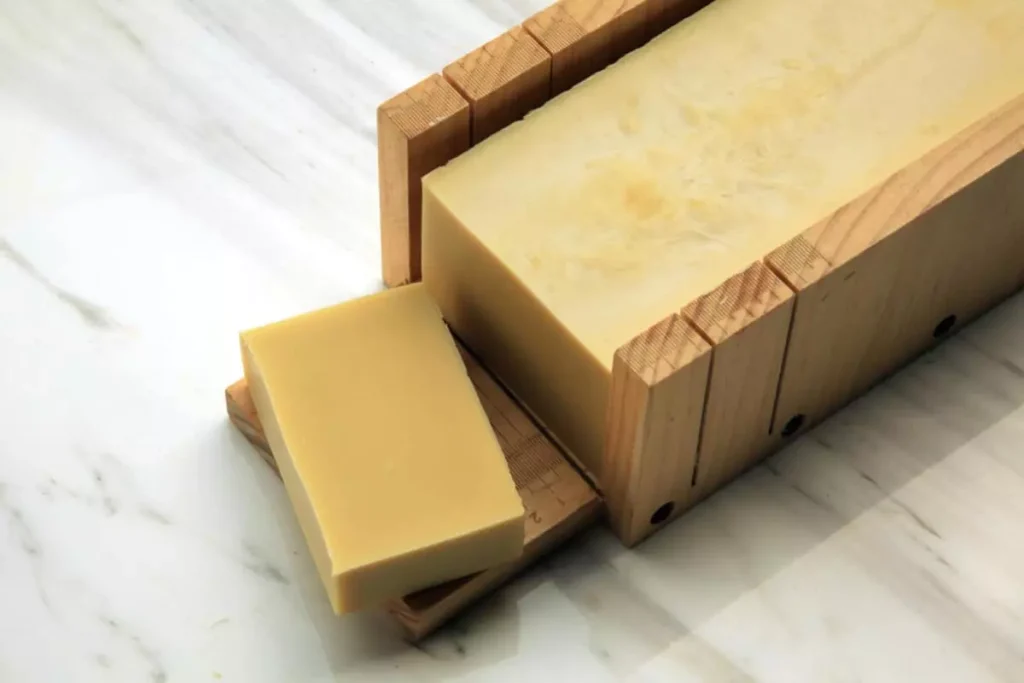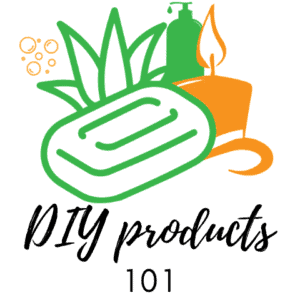A soap is a bathroom staple that can be found in any household. It leaves a person smelling great, feeling clean and fresh, perfect for a night out or a day in bed. But have you ever wondered how much your soap actually weighs?
On average, a bar of soap weighs approximately around 4.23 ounces or 120 grams. However, the weight might change over time due to water evaporation and, in some rare cases, also essential oils evaporation. It’s therefore recommended to weigh your bar of soap in several stages regularly.
Thinking about the weight of soap is not something you would normally do. But now that your mind has started churning why not figure that out once and for all? Sit back and read this guide to know everything about the weight of your soap.
How Big Is A Typical Bar Of Soap?

Generally, a soap is measured as per the dimensions of its full bar in inches. A typical bar of soap is around 3.75 x 3 x 1. However, these can differ according to the standard size defined by various companies and due to the soaps being made at home. If you want to know what size you need to cut your bar of soap, check this article.
How Much Does A Bar Of Soap Weigh?
On average, it’s estimated that a standard-sized bar of soap weighs approximately around 4.23 ounces. However, this can vary due to a couple of factors, such as the size of the soap bar and whether or not the product has had a reduction in its moisture content. Remember, the soap will weigh considerably more than a dry bar if water is involved.
How Much Does A Bar Of Soap Weigh In Grams?
The average bar of soap usually weighs around 4.23 ounces, which comes out to be 120 grams.
Does Soap Lose Weight Due To Water Evaporation?
Experts have revealed that bars of soap can lose substance and weight over time. They tend to get smaller and lighter as they lose moisture, mainly because of water evaporation. Some volatiles, like essential oils, may also be caught up in the evaporation process. On the other hand, weight loss is primarily a result of the decrease in the water content of soap.
How Much Weight Does Soap Lose During Cure?
Curing is defined as the process during which the saponification of soap is completed, and water is evaporated out of the bar. This allows the soap to be milder, harder, as well as dry. In addition, lye becomes non-existent when the end product is inspected. It takes a minimum of 4 weeks and a maximum of 6 weeks for the bar of soap to become dry and lye to be transformed. A soap loses around 0.5 to 0.7 grams during this process, on average.
How Do You Calculate The Net Weight Of Soap?
You cannot just take your bar of soap out of the soap holder and calculate its net weight. If you want an idea of the accurate weight of your soap, you will have to make these calculations and maintain records over a period of time. You can choose to monitor the weight over the course of a month, two months, three months, and even more.
Follow these steps to easily make calculations of the weight of your bar of soap.
- Pick a couple of bars for the purpose of testing. Weigh every single one of these individually and then dry them up properly.
- Let the bars sit in one place and leave them be for the rest of the month.
- When your desired time of monitoring has passed, take the bars of soap and weigh them once again.
- Record the current weight of these bars on a separate sheet and compare it with the previously recorded figures.
- Use a calculator and fill in percentage changes in the weight for every bar in a separate column.
- Next, you need to make calculations for the figure of average weight loss. You can find this quite easily by adding the numbers for the weight loss experienced by all the bars and then dividing the sum by the total number of bars you were using to test the weights.
- Before you start to package the soap up again, whether it is store-bought or made at home, weigh each bar individually. Be sure to keep a record of the individual and average weight loss, along with the number of days.
- After you are done packing the bars of soaps, you will need to measure them once again and maintain records of their current weight. The weight of the packaging can easily be calculated by subtracting the weight of the unpacked bar from the packed one. Remember, it is important to track the weight of the soap and the time is taken for it to reach that weight, as it impacts the rate at which the soap is losing substance.
- Now, add another month to your timeline and weigh the soap bars once again. This time too, you will need to record their weights after subtracting the weight of the wrapping or packaging.
- Repeat the former process of calculating the percentage weight loss, individually between bars and as a whole.
- Go over this process once more to determine the product’s final weight and set your mind at ease.
How Do You Label Soap Weight?
If you are setting up a soap business and hoping to abide by the laws of labeling, as outlined by the government, you will need to learn how to label it the right way. In addition, the bar you are selling or promoting has to be authentic, which means it needs to be made out of lye and oil.
You must also be wary of making any kind of cosmetic claims, like exfoliating, deodorizing, and moisturizing. Making the wrong kind of claims can land you in a lot of trouble if you are thinking about starting your own soap business. All you need to do is highlight the soap and ensure that it can be poured and melted for various soap bases as well.
Therefore, the following things need to be on the soap label for the ease of everyone involved, especially you, if you are going to use these soaps at home.
- The address and name of your business.
- Specific wording on the label that states that the bar you are selling is soap.
- Finally, the net weight of the bar of soap.
Where the weight of your bar of soap is concerned, it needs to be labeled after you calculate the net weight of the product, as mentioned before. On the other hand, you can write down the total weight in accordance with the ingredients. But in this way, the weight of the soap will depend largely on whether or not you choose to list all the ingredients.
In addition, once you decide to list all the ingredients, you will have to think about which weights you want to put on the label. You can opt for their weight before any processing or after they have undergone the process of saponification.
Whichever way you choose, the net weight of the soap bar should be printed at the lower 30% of the front side of the label.
